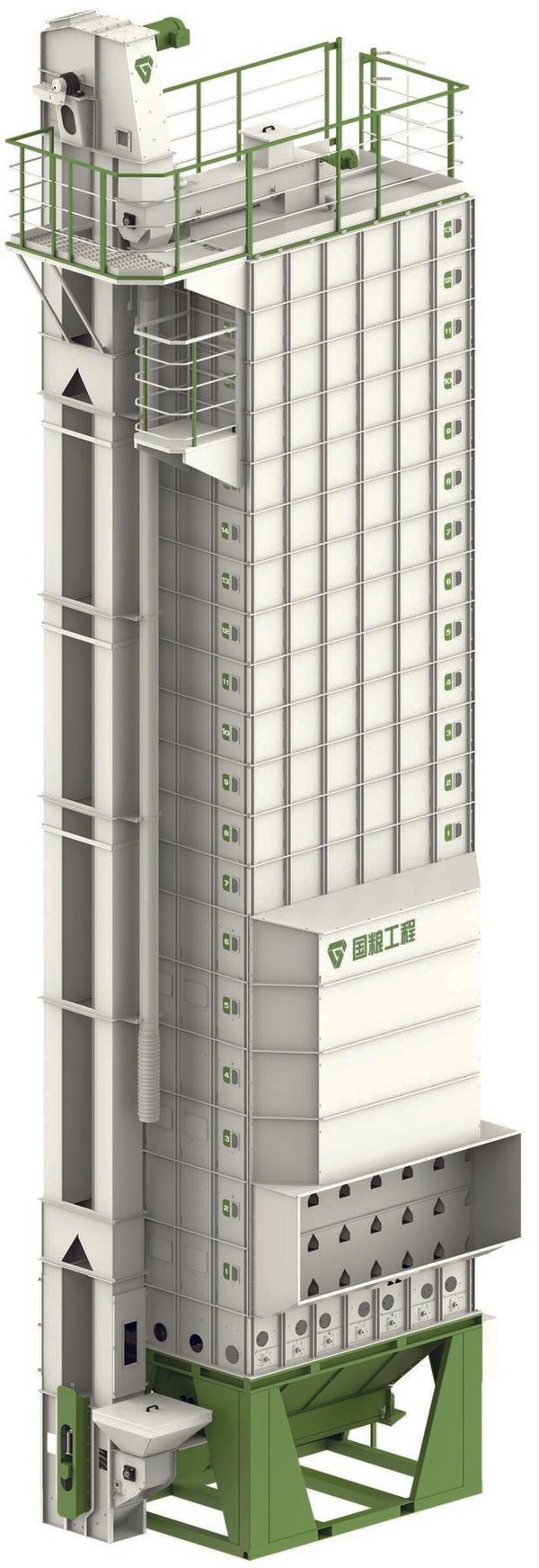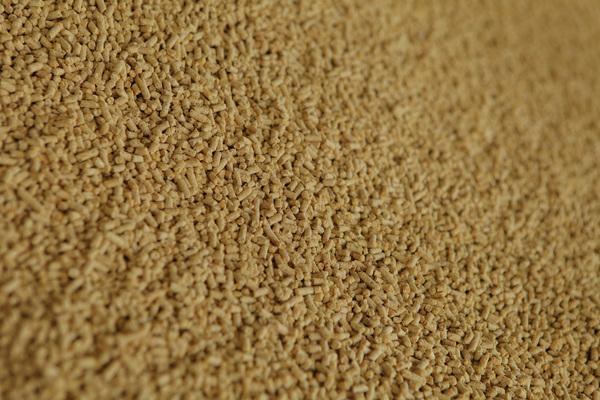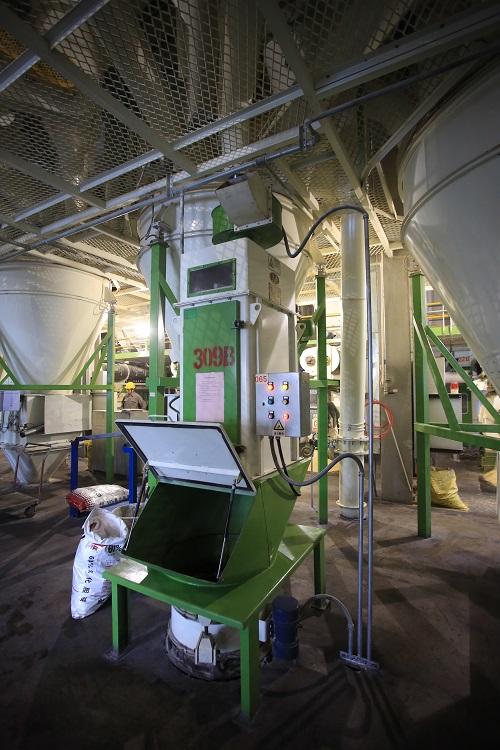The main factors affecting the safety of feed include the quality of feed raw materials, the safe storage of feed raw materials, the control of the quantity of various additives in formula, the control of artificial addition in processing, the reasonable design of feed processing technology and the proper selection of the parameters, process management and feed storage management after processing. Only strict control of the processing process of each link, can produce safe feed.
Control and safe storage of raw materials
Feed raw material is the first control point to produce safe feed. Some plant raw materials use large amount of pesticides because of insect pests, causing pesticide residues greatly exceed, so feed factory should strengthen the detection of pesticide residues when receiving the raw materials. In addition, the waste water and waste gas discharged from industrial production also cause serious pollution to feed raw materials.
The moisture of feed raw material is the key to safe storage. Especially, some newly harvested plant materials cannot reach the standard of safe storage. In the process of storage, the raw materials are easily polluted by mould and produce a large amount of mycotoxin, which makes the quality of feed worse. Therefore, it is the most effective and active method to improve the storage conditions of raw materials and control the moisture of feed materials (the safe moisture is below 12%), as far as possible to reduce the contamination of mould. Many raw materials cannot be quite dry due to economic reasons. Using mildew inhibitor to control the growth of mould is an effective measure. However, the mildew inhibitor cannot remove the mycotoxin in the raw material, so it is necessary to take the mold control measures as early as possible before the mould contamination occurs.

At present, due to the shortage of feed raw materials, the adulteration of raw materials is very serious, bringing trouble to safe feed production. Therefore, when receiving raw materials, we must use strict tests to confirm if they meet the quality standards, and resolutely put an end to unqualified raw materials entering the factory.
Most of raw material in feed is corn, which is usually stored in silos, especially in the steel silo. Due to the large day-and-night temperature difference, it is easy to cause moisture evaporation and the condensation of water vapor, the water content of some raw materials near the silo wall is high, and the long storage may cause mould. Therefore, we should strengthen the management of raw materials in silo and reduce the moisture of raw materials to ensure the safety of raw materials.
Cleaning of raw materials
In the process of feed processing, people often pay attention to the cleaning of large impurities and magnetic impurities in feed materials to ensure the safety of feed processing equipment, but the cleaning of small impurities often ignored. These small impurities are complex. It is a place for various harmful microorganisms to grow. When the moisture and temperature of raw materials are suitable for their growth, the nutrition of the raw materials is the culture medium, which makes it grow fast and produces a large number of harmful substances, posing a threat to the safety of feed. Therefore, small impurities should be removed in feed production to ensure the safety of feed and the quality of products.
Control of harmful components in raw materials
The raw materials used in feed processing are quite complex, and some have natural toxic substances, such as alkaloids, free gossypol, tannin and protease inhibitors in plant raw materials. Ammonia, thiamine in animal raw materials, and blood, fat, bone powder or meat-bone meal of mammals are harmful to animals. Therefore, such raw material should be controlled according to the actual needs, we should use detoxified cake meal or control dosage for cotton and rapeseed meal. Meat-bone meal is prohibited in ruminant animal feed.
Control of various additives in the formula
In addition to meeting the production performance requirements of livestock and poultry, feed formula should be in accordance with the national standard of health, and the relevant laws and regulations of the state in the field of feed should be carried out. In order to save the cost of feed production and make full use of feed resources, some unconventional feed ingredients are added. When using these raw materials, we must first ensure its safety, and take precautions against certain toxic materials.
With the development of biotechnology, the feed proportion of genetically modified crops and its by-products is increasing gradually. High-oil corn, high lysine corn, low poisonous rapeseed meal and high methionine soybean have been used in feed production. These transgenic plants are used as feed ingredients, however, its effect on animal health and safety of animal products has not reached a consistent conclusion. Therefore, we need to be cautious when choosing genetically modified products as feed ingredients.
Artificial addition control
In order to add some small amounts of material, reduce the number of feed silos and save the cost of investment, we usually design artificial addition inlet. It is reasonable for process design. But mistakes in manual addition may pose a threat to safe feed production. In order to ensure the accuracy of manual addition, sound control technology and photoelectric combination method can be used to control additives in process design. This technology can prevent additives from being missed or added repeatedly, and at the same time, management should be strengthened to prevent manual metering errors.









